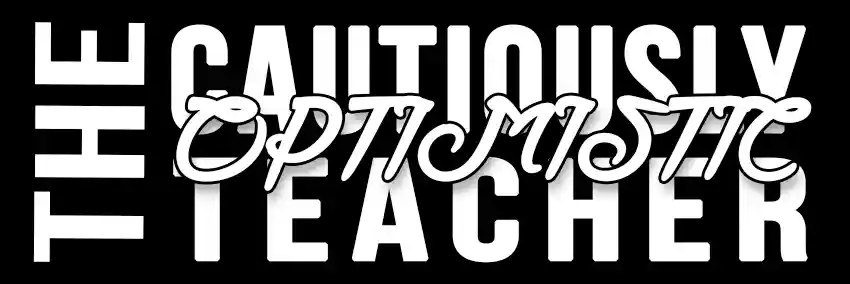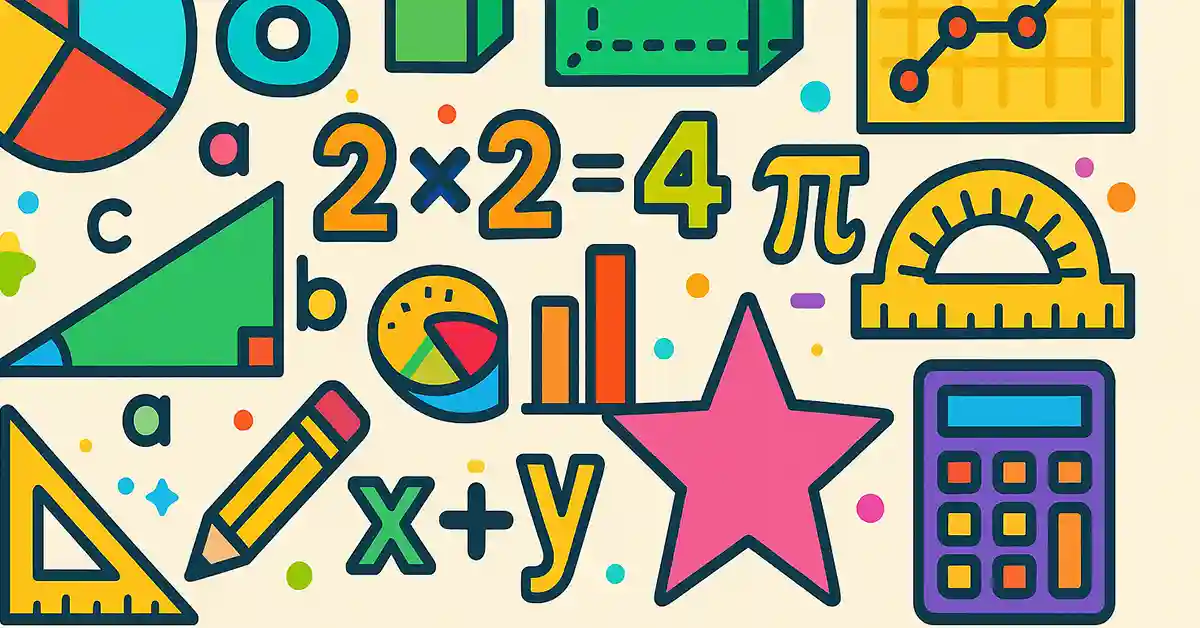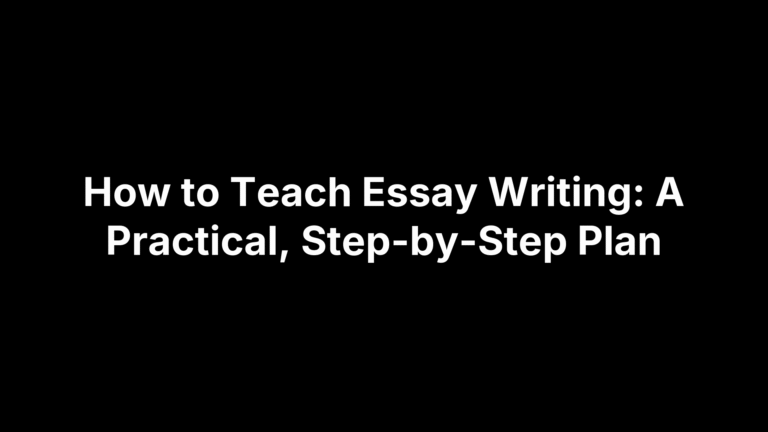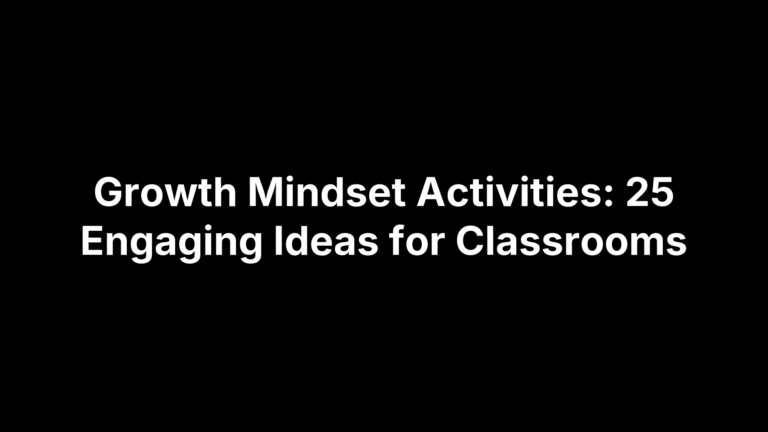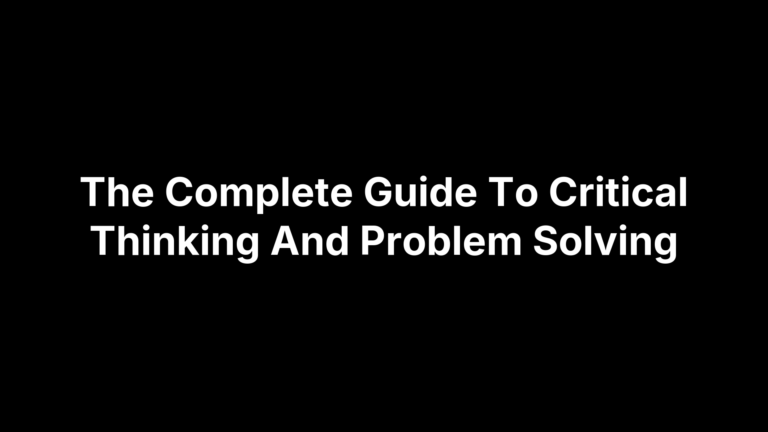Unlocking Deeper Learning with Dual Coding
Ever finish a crystal-clear explanation only to watch understanding slide off your students like water off a whiteboard? Don’t blame them—or yourself. Blame the limits of working memory. Dual coding offers a scientifically tested workaround: pair concise words with purposeful visuals and the message sticks. Think of it as cognitive Velcro for your lessons.
What Exactly Is Dual Coding?
Canadian psychologist Allan Paivio first proposed Dual Coding Theory in the 1970s. He argued that the brain processes information in two independent but cooperating systems: a verbal channel (spoken or written language) and a non-verbal channel (mental images, diagrams, icons). When a concept is stored in both, it gains two retrieval cues instead of one, dramatically increasing recall. (Stanford Encyclopedia of Philosophy).
The Science: Why Dual Coding Works
Dual Channels, Shared Load – Richard Mayer’s research on multimedia learning shows that people learn best when verbal and visual inputs share the cognitive load rather than crowding a single channel. (InstructionalDesign.org)
Cue Redundancy – Information stored twice (picture + phrase) is easier to locate in long-term memory.
Elaborative Encoding – Creating or interpreting a visual forces learners to reorganize ideas, strengthening schema connections and easing “germane” cognitive load.
A 2024 meta-analysis across STEM subjects compared lessons that used multiple representations (e.g., text + diagram) with lessons that used words alone. The researchers reported Hedges’ g values of 0.118 for student performance and 0.324 for reduced cognitive load. (SpringerLink)
What does that mean in plain English?
Hedges’ g is a statistic that tells us how big a difference an instructional strategy makes, expressed in standard-deviation units.
A g of 0.118 for performance is a small but reliable boost—roughly equivalent to several weeks of extra progress spread across a school year.
A g of 0.324 for reduced cognitive load is a moderate improvement, meaning students felt the material was noticeably easier to process.
Crucially, these gains came with no extra class time or fancy equipment—just smarter use of visuals alongside words.
Classroom Evidence You Can Trust
Wooten & Cuevas (2024) compared two Grade 5 social-studies classes. The dual-coding group scored about 17 % higher on vocabulary and comprehension tests than the words-only group. (ERIC)
“Learning Styles vs Dual Coding” (2019) followed a university cohort. Students who took dual-coding notes nearly doubled their factual retention after one week compared with peers taught according to “learning styles” preferences. (My College)
Middle-School Science Retention Study (2024) found that dual-coded lessons flattened the forgetting curve; students remembered core concepts weeks later while control-group recall plummeted. (ResearchGate)
These results replicate across ages, subjects, and delivery modes—a level of consistency few instructional fads can claim.
Practical Strategies for Evidence-Aligned Dual Coding
Explain a process by building a flow diagram live while you narrate each step. This synchronizes visual and verbal cues and avoids split-attention.
Compare ideas with a quick side-by-side sketch or Venn diagram to organize relational information spatially.
Sequence events on a timeline with concise labels and simple icons to leverage our natural sense of progression.
Highlight vocabulary by pairing each key term with a doodle or emoji in student notes—every picture adds a retrieval hook.
Encourage student elaboration through sketchnotes, concept maps, or labelled diagrams created at the end of the lesson. Generating their own visuals forces deeper processing and yields durable memories.
Low-Tech tools: mini-whiteboards, sticky notes, index cards.
Digital helpers: Google Slides, Canva, or Jamboard for collaborative sketching.
Implementation Checklist (Backed by Cognitive Load Theory)
Keep visuals minimalist. Decorative clip art adds noise; explanatory diagrams add value.
Align timing. Show the image while you explain—simultaneity matters.
Label directly. Place text next to the part of the diagram it describes to prevent the split-attention effect.
Chunk information. Reveal complex visuals in layers so working memory isn’t swamped.
Blend with retrieval. Revisit the same visual later and have students explain it back from memory.
A Sample Dual-Coding Lesson Flow
Hook (2 min) – Display an unlabeled water-cycle diagram and ask, “What do you notice?”
Guided Input (8 min) – Co-construct and label the diagram while narrating each stage.
Collaborative Elaboration (5 min) – Students annotate the diagram with real-world examples (e.g., local weather).
Independent Generation (7 min) – Learners sketch the cycle in a new context, such as their regional ecosystem.
Retrieval Check (3 min) – Quick exit ticket: one prompt to draw a stage, one prompt to describe it in words.
Total time: 25 minutes; materials: one whiteboard—impact: long-term retention.
Common Pitfalls—and How to Dodge Them
Myth of “visual learners.” Dual coding benefits every learner because all brains process words and images.
Overloaded slides. Walls of text plus complex visuals cancel each other out. Use brief phrases or voice-over, not full paragraphs.
Artistic intimidation. Stick figures beat perfect art that never gets drawn. Clarity over beauty.
Conclusion: Make Learning Stick—Twice
Dual coding isn’t a gimmick; it’s one of the few instructional strategies repeatedly validated by cognitive science and classroom research. By pairing purposeful visuals with concise words, you lighten cognitive load, supply redundant retrieval cues, and foster deeper processing—all without adding minutes to your lesson plan.
Next time you introduce a new idea, resist the urge to rely on text alone. Sketch, diagram, map, or iconify the concept while you explain it. Your students’ long-term memory will thank you—twice.
